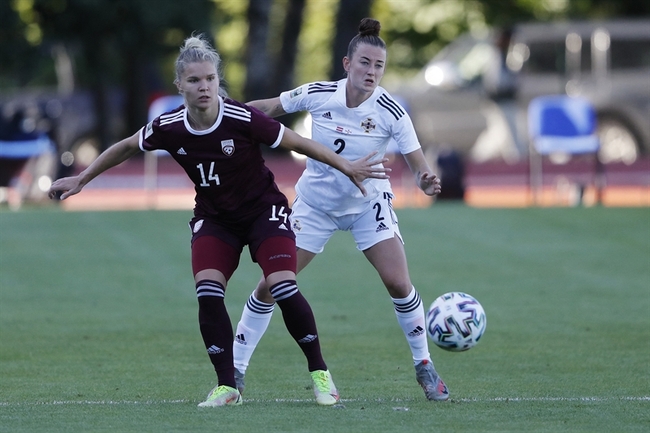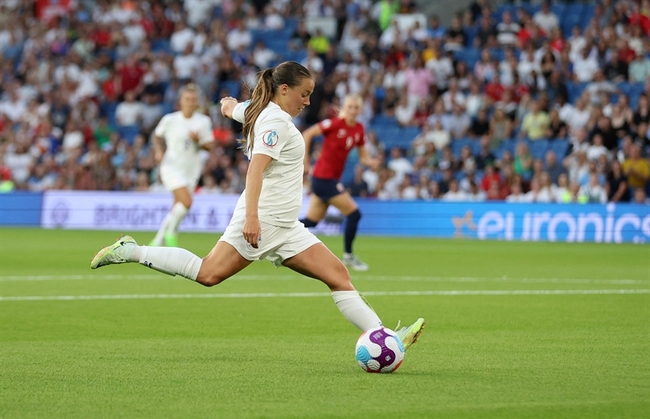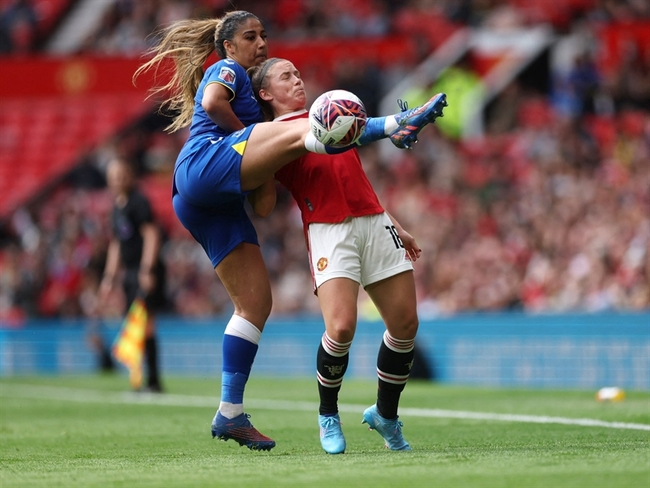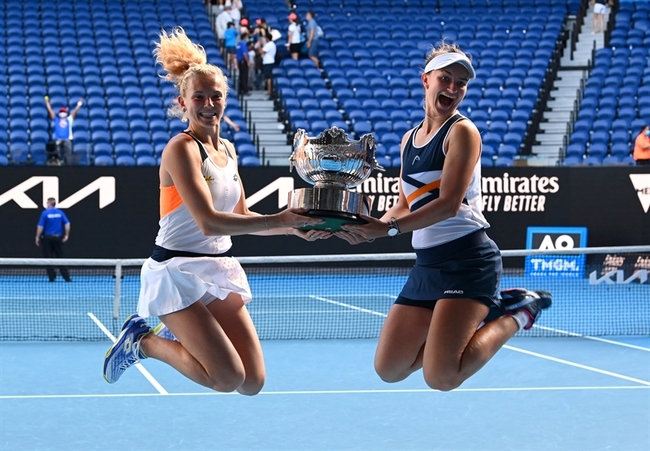You are viewing 1 of your 1 free articles
The effect of hip position during Nordic hamstring exercises
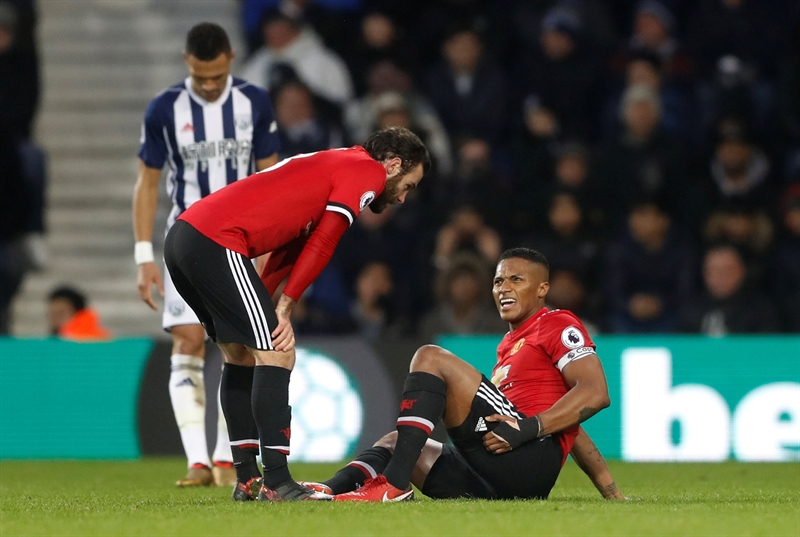
Athletes who play field sports that require repetitive sprinting are susceptible to suffering a hamstring strain. For the various elite football and rugby codes, a protracted hamstring injury can sideline a player for a significant amount of time, impacts team performance, and results in monetary losses. Therefore, hamstring strain prevention is a salient topic in training and rehab circles.
The hamstring consists of three muscles: the semimembranosus, semitendinosus (ST), and the long and short head of the biceps femoris (see figure 1). The hamstring muscles act to both flex the knee and extend the hip. The theory is that when sprinting, the hamstring is most vulnerable at the end of the swing phase or early contact phase when it is contracting while at its most estended position. Most sprint-related injuries occur in the long head of the biceps femoris (BFLH)(1). Therefore, researchers are interested in which exercise might most effectively train the BFLH in the lengthened position.
Figure 1: Hamstring anatomy
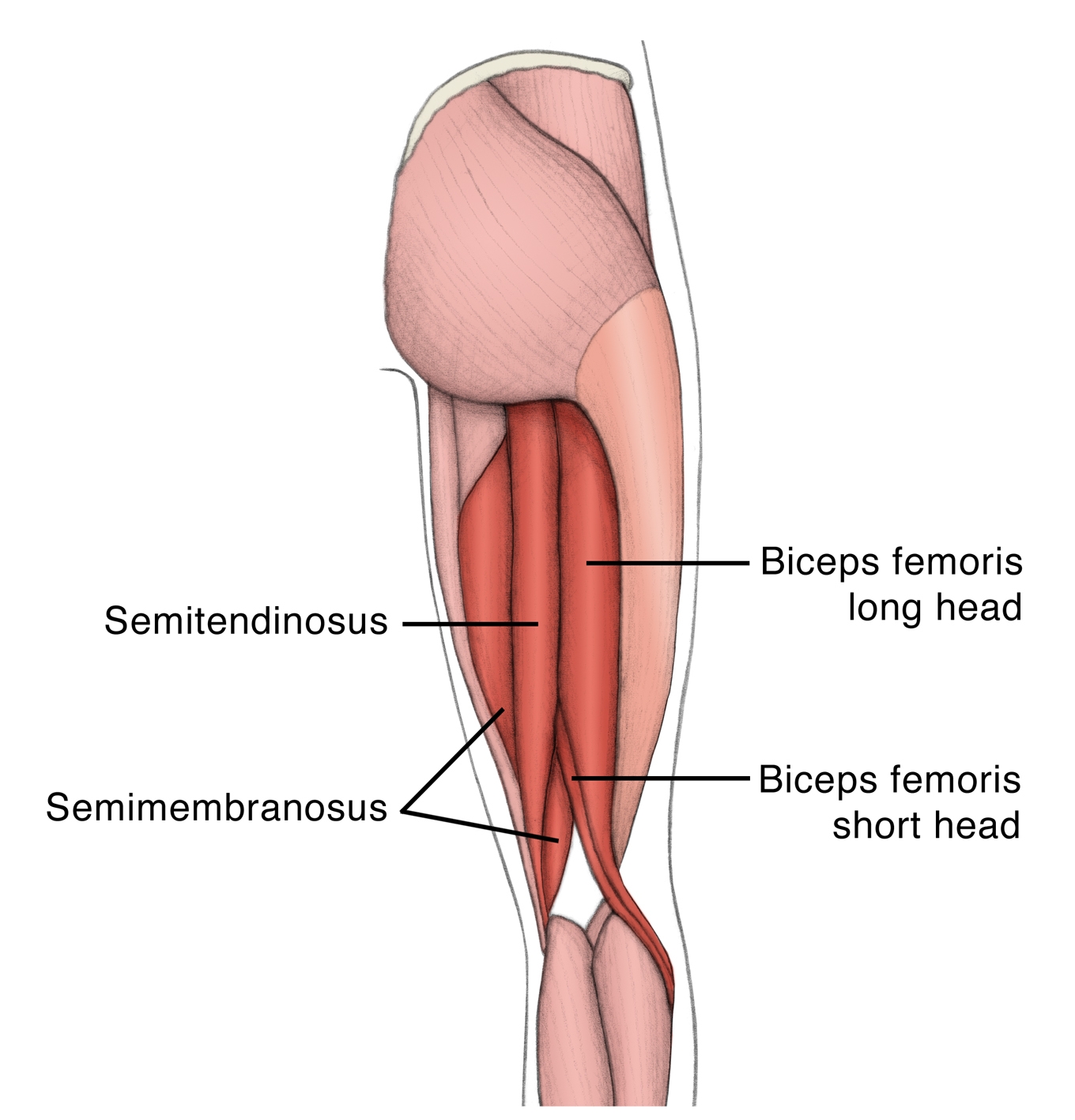
Scientists from Finland and France explored this question in a multi-center study that enrolled 13 male volunteers from local amateur football and rugby clubs to perform several versions of the Nordic Hamstring Exercise (NHE) to determine the most effective variation(1). They measured knee flexion torque and EMG activity of the BFLH and ST during the NHE with neutral hips and with hips flexed to 90º (using a specially designed bench). They also compared the torque and EMG measurements between performing the exercise with both legs and only one leg.
After practicing all exercise variations, each subject performed a maximum voluntary isometric contraction (MVIC) of the hamstrings to normalize the EMG settings. High-density arrays with small electrodes were placed on each muscle belly (as determined by ultrasound). Each participant then performed a 1-repetition max of each exercise with a four-minute rest between variations. The researchers measured force with a loadcell sensor, and calculated torque using the distance between the loadcell and the femur’s lateral epicondyle as the length of the lever arm.
Findings and Implications
Researchers found that the hamstrings produce significantly more torque when the bilateral NHE is performed with hips at 90º compared to hips in a neutral position. The same held true when performing the exercise with one leg. However, the EMG findings showed more muscle activation of both the BFLH and the ST with the hips in neutral in both bilateral and unilateral exercises.The EMG study further found that the ST activated early in the movement, while the BFLH responded more strongly at mid-range and peaked as the knee approached full extension. The researchers suggest that the BFLH fires more strongly to maintain hip extension as the torso moves into gravity.
While the increased torque in the NHE at 90º shows eccentric activation with the muscle in an extended position, the ST demonstrates more EMG activity in this variation than the BFLH(1). Though this position has more specificity, if the desire is to train the BFLH to withstand the forces generated when sprinting, the NHE with neutral hip alignment may be a better option. Isolating the knee movement between mid-range and full extension further targets the BFLH. In addition, performing the NHE in this position is more practical in the clinic setting.
References
- 2019 Aug;49(8):584
Newsletter Sign Up
Subscriber Testimonials
Dr. Alexandra Fandetti-Robin, Back & Body Chiropractic
Elspeth Cowell MSCh DpodM SRCh HCPC reg
William Hunter, Nuffield Health
Newsletter Sign Up
Coaches Testimonials
Dr. Alexandra Fandetti-Robin, Back & Body Chiropractic
Elspeth Cowell MSCh DpodM SRCh HCPC reg
William Hunter, Nuffield Health
Be at the leading edge of sports injury management
Our international team of qualified experts (see above) spend hours poring over scores of technical journals and medical papers that even the most interested professionals don't have time to read.
For 17 years, we've helped hard-working physiotherapists and sports professionals like you, overwhelmed by the vast amount of new research, bring science to their treatment. Sports Injury Bulletin is the ideal resource for practitioners too busy to cull through all the monthly journals to find meaningful and applicable studies.
*includes 3 coaching manuals
Get Inspired
All the latest techniques and approaches
Sports Injury Bulletin brings together a worldwide panel of experts – including physiotherapists, doctors, researchers and sports scientists. Together we deliver everything you need to help your clients avoid – or recover as quickly as possible from – injuries.
We strip away the scientific jargon and deliver you easy-to-follow training exercises, nutrition tips, psychological strategies and recovery programmes and exercises in plain English.



